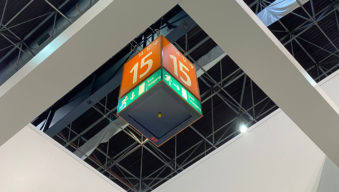

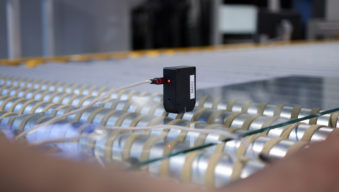








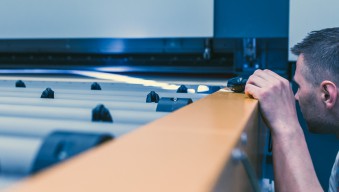


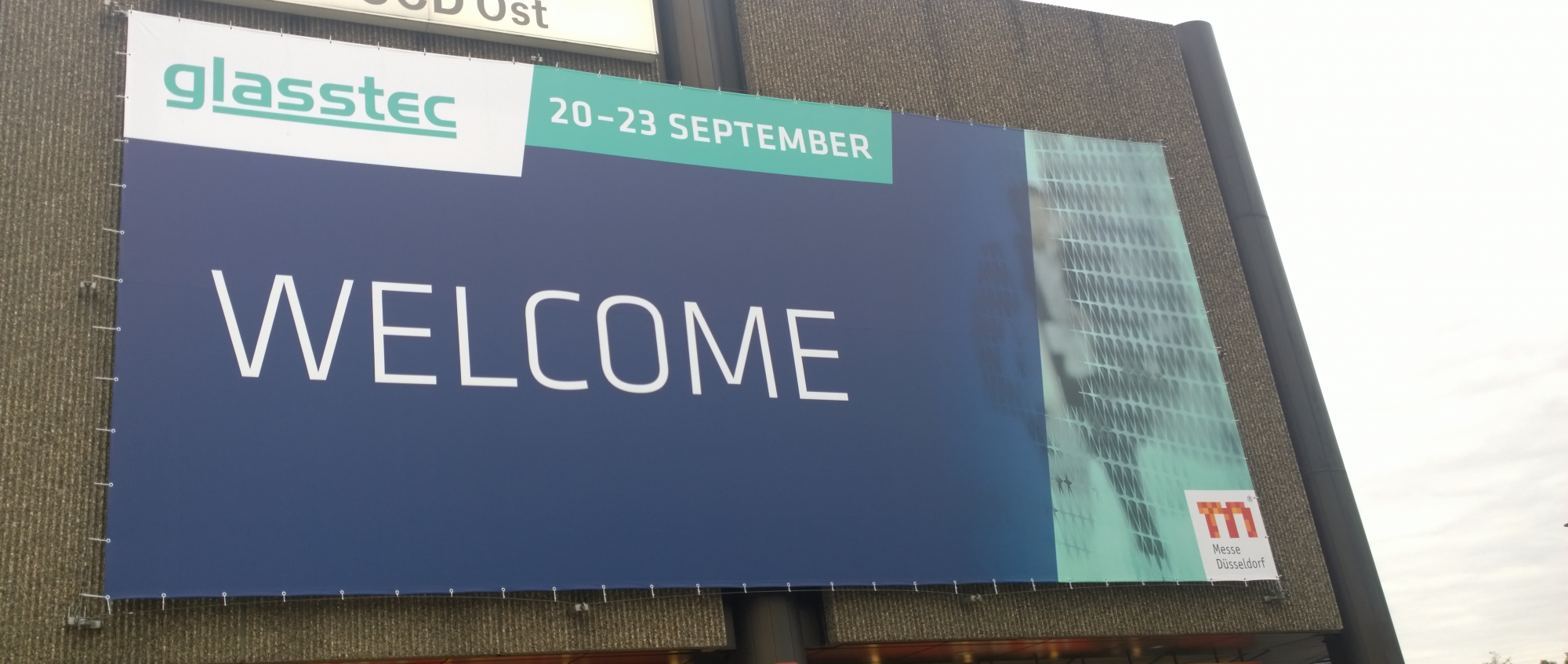

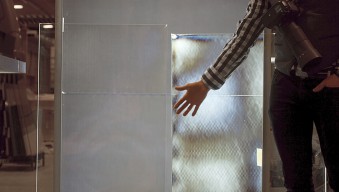
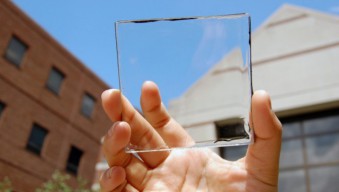






Glass breakage in the tempering furnace is something that we all want to avoid. In this #AskGlaston episode, we are looking at the factors that can lead to the breakage of thick glass in a radiation furnace. The other question refers to the difference of heat-strengthened and tempered glass.





This latest #AskGlaston episode will answer three of your questions. 1. How to reduce breakage in the quenching section? 2. What is the lifetime of a tempering line? 3. How to eliminate hot spots from tempered glass?


From time to time, I get a question from the glass structural engineers about specification advice on glass quality for high-profile facades. How they can make sure they will get the best possible or most suitable glass quality for their project? Many times, the question is: what is the best I can realistically get from the market?

#AskGlaston Episode 3: How to temper Low-E glass with older tempering technology?

This is our second episode of #AskGlaston. Today, we’ll cover an interesting topic that glass users and processors question from time to time. Which has the best quality: tempered or heat-strengthened?

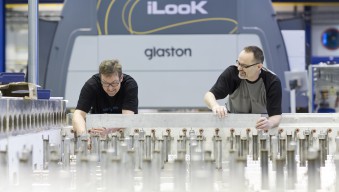
The glass business can be capital intensive, and experimenting can end up being surprisingly costly. The raw material alone is expensive, and each processing step adds value to the glass. A mistake or a problem later on in the processing can be quite costly. It doesn’t have to be that way!

Glass and glazing solutions are an excellent way to increase the amount of daylight in any building or space. Read more to find out about the surprising impacts of daylight exposure.
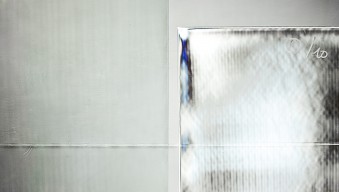
One of the most burning topics in the glass industry is whether anisotropy is a defect or not? The industry is puzzled because of a lack of standardization. What can we do?

Markets demand increasingly more quality from glass suppliers. Sometimes, you can see weird strain patterns or rainbow-colored streaks in the glass, especially when viewed at a close angle and in polarized light. This is called glass iridescence. And here’s how to get rid of it.
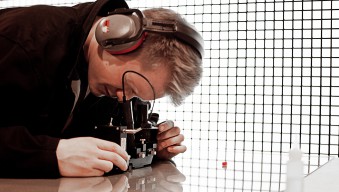
Since we are talking about safety, it is crucial that tempered glass is actually tempered when it is delivered to customers. Here’s a list of ways you can make sure you don’t need to recall your glasses.